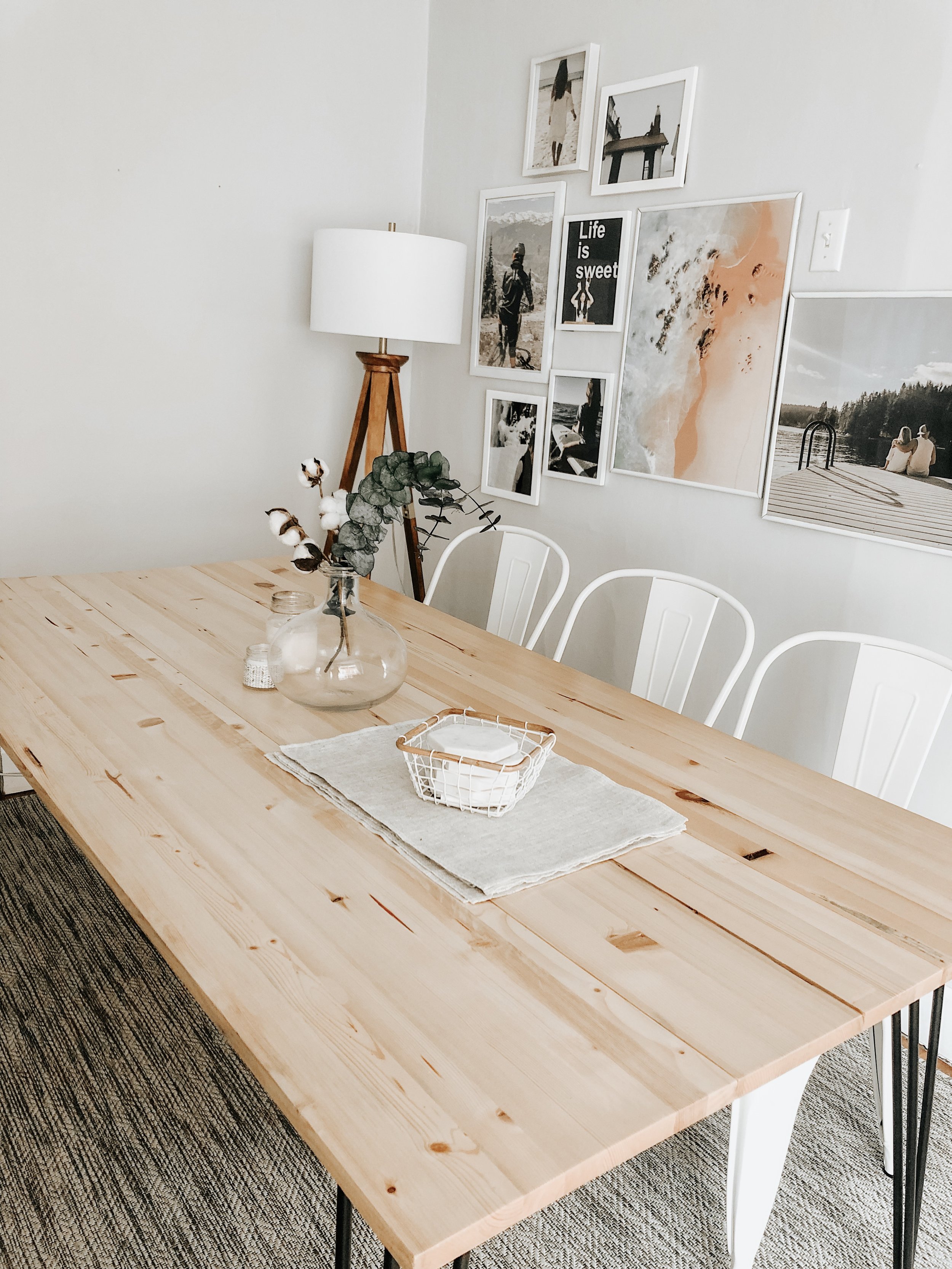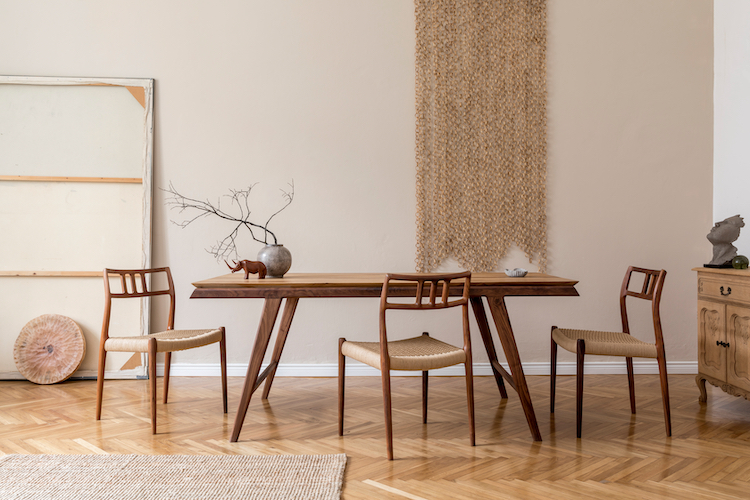Tips for Installing Dining Room Table Legs for a Modern Look
Tips for Installing Dining Room Table Legs for a Modern Look
Blog Article
From Standard to Modern: Find the Suitable Eating Area Table Legs for Your Style
The choice of eating area table legs plays a critical role in specifying the overall character of your space, linking the gap between conventional craftsmanship and modern-day aesthetics. While classic designs such as cabriole and turned legs stimulate a feeling of classic elegance, modern designs like hairpin and geometric alternatives provide a possibility for striking visual rate of interest. Evaluating the ideal equilibrium between these styles calls for a nuanced understanding of your existing décor and individual taste. As you take into consideration these components, the question continues to be: how can you flawlessly integrate these diverse leg designs to develop a harmonious dining experience?
Recognizing Table Leg Styles
The range of dining area table leg styles can substantially influence both the aesthetic appeals and functionality of the area. Each leg style contributes special aesthetic elements and useful features, satisfying varied layout choices and use demands. Understanding these styles is essential for selecting the ideal dining table that aligns with your overall interior decoration vision.
As an example, tapered legs offer a clean, timeless appearance that can improve a space's beauty, while stand bases offer stability and take full advantage of legroom, making them suitable for smaller sized rooms. Barrette legs, a hallmark of mid-century modern-day design, present an industrial style, allowing for a ventilated, open feeling. In a similar way, trestle legs stimulate rustic charm, giving durable assistance and a feeling of timelessness.
In addition, the option of products plays a considerable duty. Wooden legs can bring heat and structure, whereas steel choices frequently communicate a streamlined, modern ambiance. Eventually, comprehending table leg styles is crucial for creating a natural dining location that shows individual design while making sure practicality and convenience. By thoughtfully taking into consideration these aspects, you can boost both the aesthetic and practical charm of your eating space.
Standard Table Leg Options
When choosing dining-room table legs, traditional options typically personify classic elegance and craftsmanship. These styles show an abundant heritage and a commitment to high quality, making them optimal for those who appreciate traditional appearances.
One of one of the most legendary traditional leg designs is the cabriole leg, identified by its elegant curved form. This style frequently includes ornamental makings and is most frequently discovered in Queen Anne and Chippendale furniture. Another prominent option is the transformed leg, which boasts a series of smooth, rounded shapes that give a classic look while maintaining stability.
Additionally, the straight leg, while basic, offers a unadorned and strong framework that can mix seamlessly with a selection of tabletop designs. For those drawn to ornate detailing, claw-and-ball feet legs evoke a sense of grandeur and can act as a sensational prime focus in any type of eating room.
Finally, pedestal bases, although not strictly legs, supply a different standard alternative that enables enough legroom and can be perfectly sculpted. Each of these traditional leg designs contributes to the overall atmosphere of a dining-room, marrying function with visual charm.

Modern Table Leg Styles
Modern table leg layouts use a diverse array of styles that emphasize ingenious materials and clean lines. These layouts often focus on capability while functioning as striking prime focus within an eating room. Minimalist looks prevail, with legs crafted from materials such as steel, glass, and engineered timber, which contribute to a modern and airy feel.
One preferred layout is the hairpin leg, characterized by its slim, conical framework that gives stability without overwhelming the tabletop (dining room table legs). This design is often discovered in mid-century modern furniture and can effortlessly complement numerous table shapes. One more trend is making use of geometric forms, where legs might handle angular or asymmetrical types, including aesthetic rate of interest and a touch of creativity

Mixing Styles for Special Rooms
Often, homeowners seek to produce special eating areas that mirror their personal design by mixing various design components. This strategy permits the consolidation of diverse aesthetics, resulting in a harmonious yet distinctive setting. Matching a rustic wooden table with sleek, modern metal legs can create a distinctive contrast that elevates the room's total appeal.
In addition, incorporating vintage table legs with contemporary table tops can evoke a feeling of history while maintaining a modern-day perceptiveness. Such mixes not only display individual taste yet likewise motivate creativity, allowing property owners to curate a room that feels both individual and inviting.
Color plays an important function in this blending procedure; picking table legs that complement or comparison with the existing color design can boost aesthetic interest. For instance, whitewashed legs can soften the daring of a dark table surface area, creating a well balanced visual.
Tips for Picking the Right Legs
Choosing the right table legs is crucial for accomplishing both functionality and visual allure in your eating space. Begin by thinking about the general design of your room. Standard setups gain from legs that include elaborate carvings this or transformed styles, while contemporary areas may ask for smooth, minimal styles.
Next, evaluate the height and security of the legs. dining room table legs. Basic dining tables vary in between 28 to 30 inches in elevation, so guarantee the legs complement this measurement for convenience. Furthermore, robust products, such as hardwood or steel, can improve security and longevity
Examine the leg form too-- alternatives consist of directly, tapered, or stand designs. Straight legs supply a classic appearance, while tapered legs can include a touch of elegance. Pedestal bases provide enough legroom and are suitable for smaller areas.
Conclusion
In recap, selecting the suitable dining-room table legs calls for mindful consideration of both conventional and modern-day designs. Conventional options such as cabriole Web Site and transformed legs supply classic style, while contemporary layouts like hairpin and geometric shapes offer a contemporary touch. By harmonizing leg design, height, and material with the overall design, a cohesive and welcoming atmosphere can be achieved. Ultimately, the picked table legs must show the preferred visual, boosting the dining experience within the space.
The selection of eating area table leg styles can substantially affect both the aesthetics and capability of the space. Ultimately, recognizing table leg styles is crucial for producing a natural dining location that mirrors individual design while guaranteeing usefulness and convenience.One of the most renowned traditional leg styles is the cabriole leg, investigate this site defined by its elegant bent form. Straight legs offer a classic appearance, while conical legs can include a touch of style.In recap, picking the ideal eating space table legs needs mindful consideration of both typical and contemporary designs.
Report this page